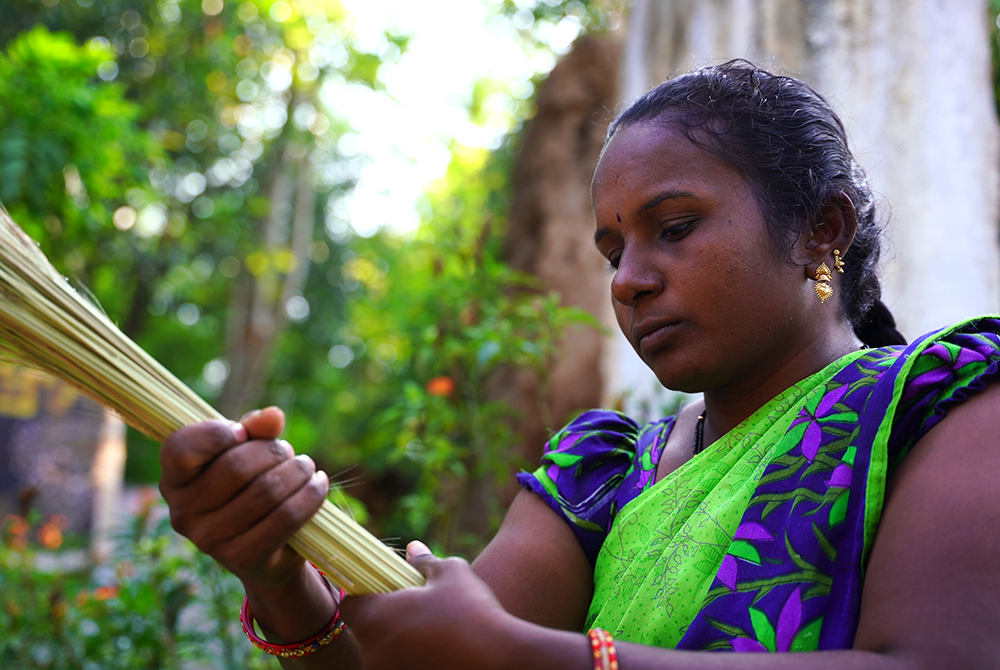About us
We are an independent global medical research institute with a mission to improve the lives of millions of people worldwide. Learn more about what drives us.
Our research
Our rigorous, high-quality research delivers practical solutions to some of the world’s biggest health challenges. Explore our current research areas.
Our impact
From better treatments and better care to healthier communities, our work strives to make a difference. See our real-world impact.
Tackling the world’s biggest health challenges
At The George Institute, we believe that everyone has the right to a healthy life. Through rigorous, high-quality research that transforms discovery into action, we're on a mission to improve the health of millions of people worldwide.
With 750 researchers driving over 250 projects across 50 countries, we are finding solutions to some of the world's biggest health challenges – from advancing women's health and reducing diet-related disease to addressing the health of our planet. Discover more about how we’ve been making an impact since 1999.

in 2024
AU$30MILLIon
RAISED FOR HEALTH RESEARCH
1249+
PEOPLE GLOBALLY WORKING ON
405+
ACTIVE PROJECTS SPANNING
61+
COUNTRIES AND We’ve PUBLISHED
838+
PEER-REVIEWED PUBLICATIONS
Our research projects
From combating chronic diseases to pioneering digital health solutions, our research projects address the root causes of ill health and enhance outcomes for communities.
Learn moreOur researchers
Our world-class researchers are dedicated to tackling the world’s biggest health challenges, improving lives, and advancing equity across the globe.
Learn moreSupport us
Your support can help power the life-saving research generated by The George Institute, giving millions the chance to live healthier, longer lives.
Donate nowRecent news stories and events
Do you believe in a better, healthier world for all, regardless of circumstance?
Here is your chance to make a difference.









